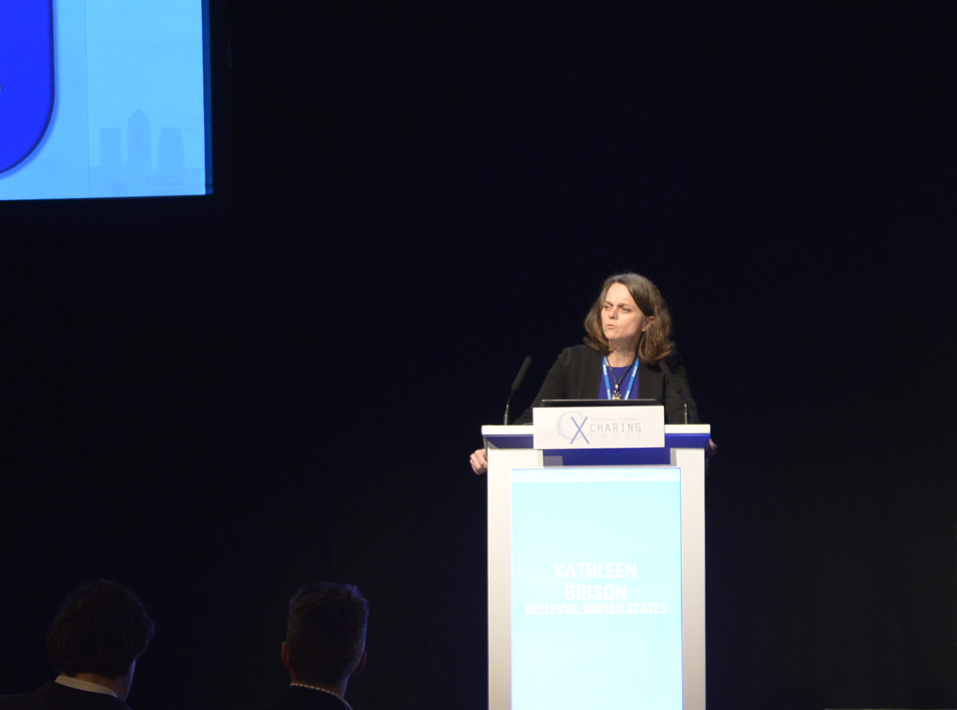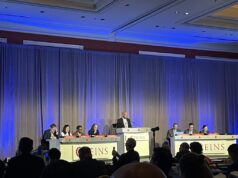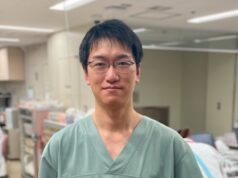
At the American Venous Forum (AVF; 20–23 February, Tucson, USA), a session on venous leg ulcers turned to possible future treatment strategies as Kathleen Gibson (Lake Washington Vascular Surgeons, Bellevue, USA) spoke about off-label uses of cyanoacrylate and polidocanol endovenous microfoam techniques. Describing her own use of cyanoacrylate adhesives in treatment of ulcers, Gibson argued the strategy “may offer some advantages over thermal techniques”.
The economic impact of venous leg ulcers in the USA is significant, with an approximate cost of US$20,000 per year to treat one patient on Medicare. Advanced venous disease accounts for close to 70% of leg ulcers.
Using the endothermal technique, Gibson said, there are a range of problems that can occur. These drawbacks include potential injury to the nerve or causing an arteriovenous fistula, as well as difficulty of vein access—especially with larger radiofrequency devices. Once the tumescent is in, Gibson noted, verifying the correct position and attaining closure can also be an issue.
When considering interventions, Gibson suggested, “The areas where I think our newer tools may have some impact is with superficial venous reflux and perforator reflux”. Cyanoacrylate and foam could prove useful in ablation below the knee as well as in perforator vein treatments, where long term closure rates for current techniques are “not as good as for truncal ablation”, Gibson said, adding that the microfoam may be particularly suited for ulcer bed treatment.
Highlighting a case of ulcer closure using cyanoacrylate, Gibson described her strategy and process of treatment for a patient with Ehlers Danlos Type IV syndrome suffering from a long-term (five years) non-healing left lateral calf ulcer, which had resisted standard compression and wound care. Gibson used cyanoacrylate truncal and perforator vein ablation as well as foam sclerotherapy in the ulcer bed, with successful results in terms of complete vein closure at three weeks, significant ulcer improvement at three months and patient-reported improvements to leg oedema and heaviness.
“My personal experience [with cyanoacrylate perforator closure] is 30 procedures done outside the USA, and six done in the USA.” Gibson noted that all procedures had been technically successful on day of procedure. The six perforator closures performed off-label inside the USA had a follow-up length ranging from three weeks to two years, with all six cases still closed on last follow-up.
While a 2014 study published in Phlebology by Irwin M Toonder et al showed less successful closure rates, Gibson argued that the strategy used in the trial was more complicated and difficult to accomplish than the technique she typically employs.
Turning to focus on foam techniques toward the end of her presentation, Gibson explained that polidocanol endovenous microfoam is currently being studied in treatment for wound healing, and the technique may have some interesting applications—such as the possibility to perform a truncal ablation and treat oedema from the ulcer bed at the same time.
Gibson concluded by pointing out that, rather than evidence, “These are ideas. But I am hoping that people will think about how we can study these, as there may be some advantages over thermal techniques.”









